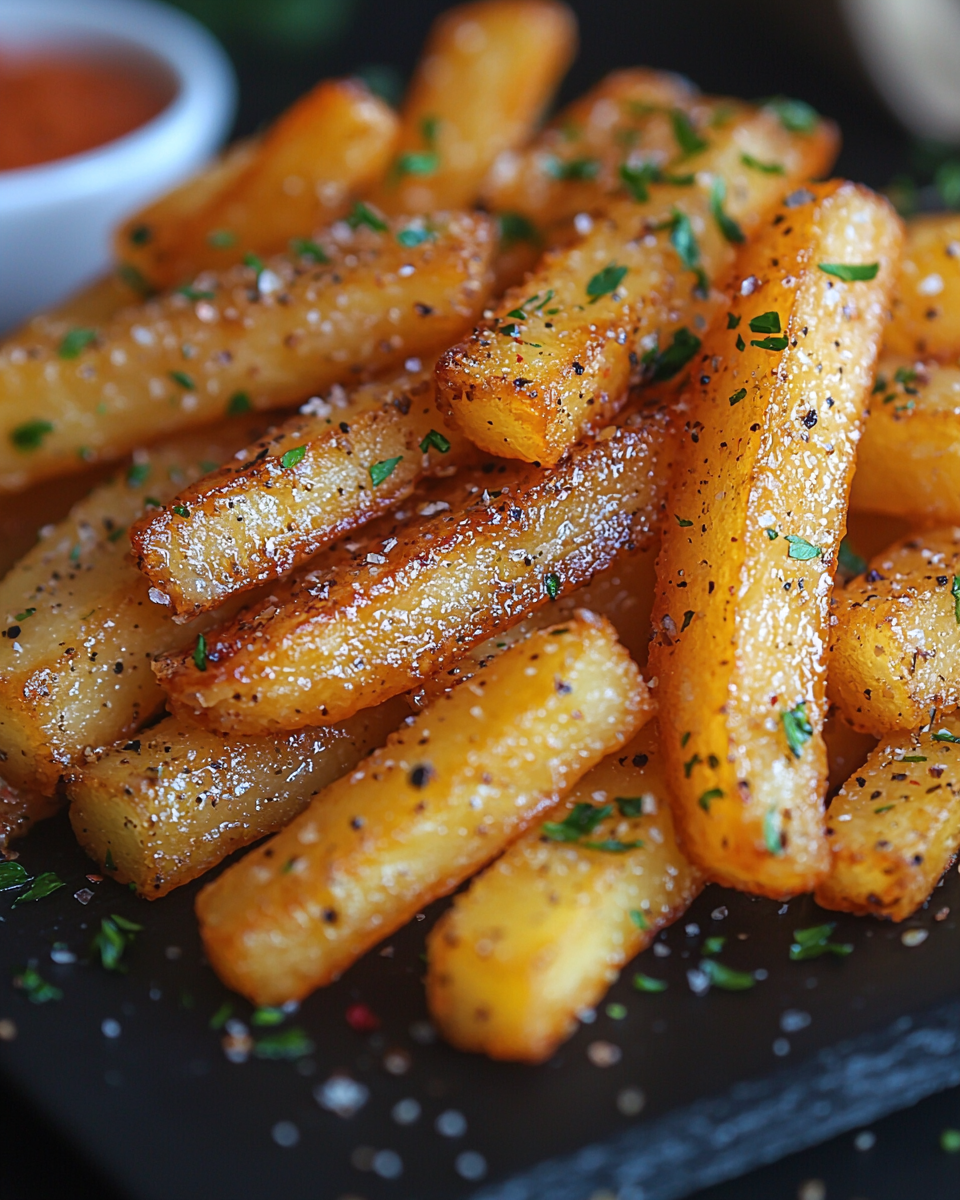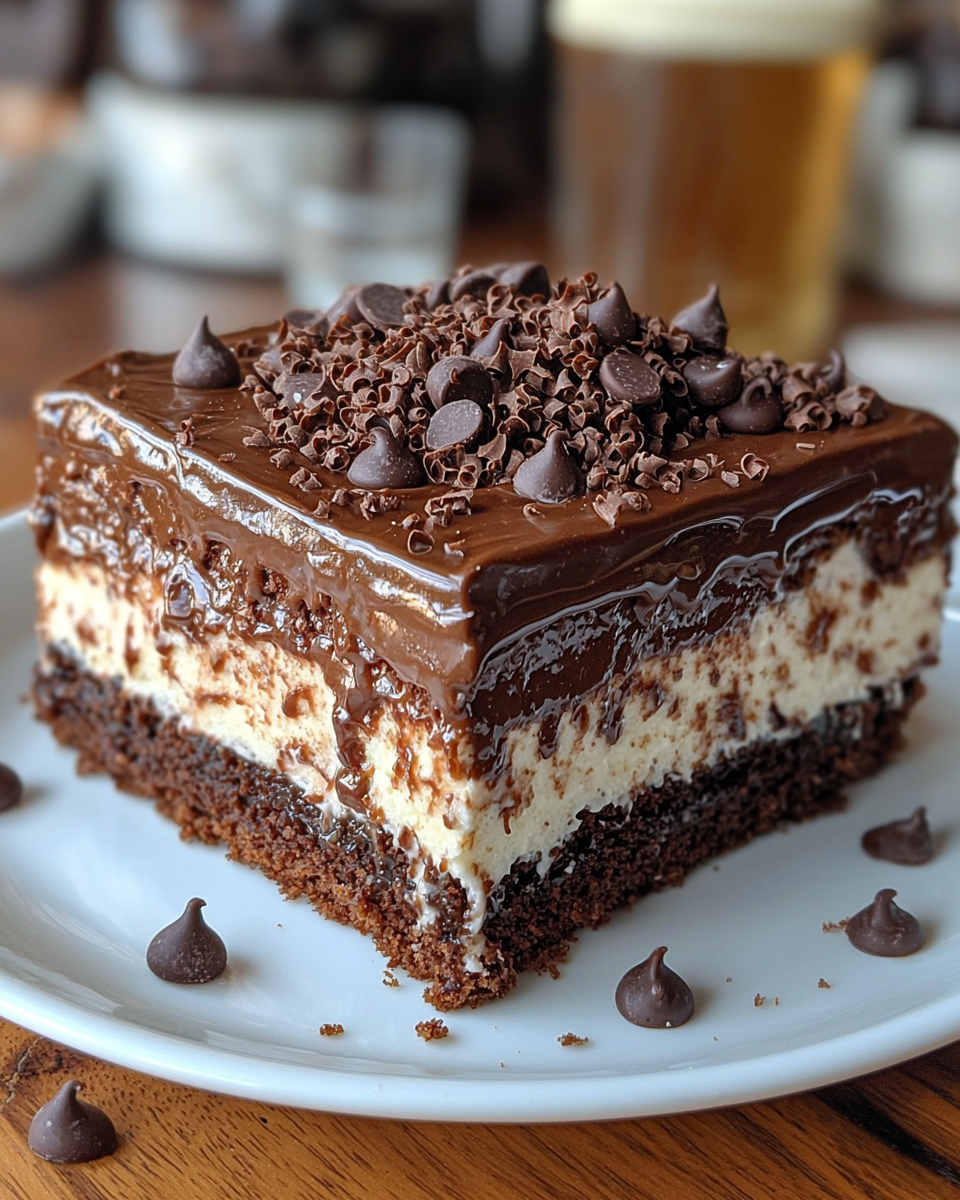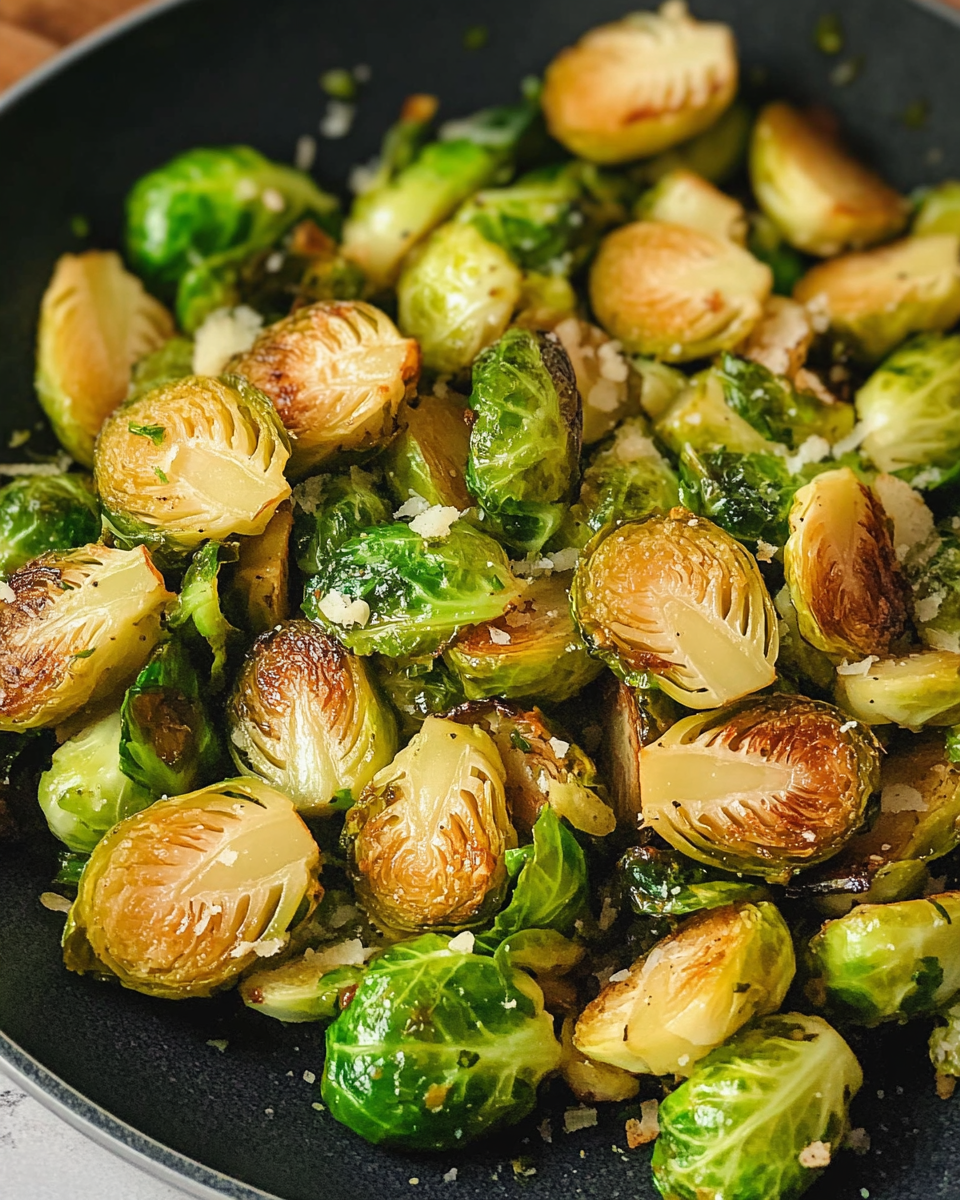Easy Home Fries: The Perfect Crispy Breakfast Side Dish
Home fries are a classic and beloved breakfast staple. With their crispy exterior and soft interior, they pair wonderfully with eggs, bacon, and any other breakfast dish. In this article, we’ll walk through the step-by-step process of making easy home fries from scratch, share tips for perfecting them, and discuss creative variations to elevate your breakfast game.
Ingredients for Home Fries
To make perfect home fries, you need a few simple ingredients:
- Potatoes: Russet potatoes are ideal due to their starchy texture, which crisps up beautifully.
- Oil or Butter: Use olive oil or butter for frying the potatoes. Butter adds flavor, while oil can help achieve crispiness.
- Seasonings: Salt, pepper, garlic powder, and paprika are essential for flavor. You can also add fresh herbs like rosemary or thyme for an aromatic touch.
- Onions and Bell Peppers: Optional but recommended for adding extra flavor and texture.
For more details on making your breakfasts complete, check out Crockpot Potato Soup with Hashbrowns, another great potato-based comfort dish.
How to Make Home Fries
Step 1: Prepare the Potatoes
Start by peeling and cubing the potatoes into 1-inch pieces. This ensures even cooking. Parboil the potatoes in salted water for 5 minutes to soften them slightly and speed up the cooking process.
Step 2: Sauté the Potatoes
In a large skillet, heat olive oil or butter over medium heat. Once hot, add the parboiled potatoes in a single layer. Allow them to cook without stirring for about 5-7 minutes, until the bottoms turn golden brown.
For tips on using a cast iron skillet, see Slow Cooker Magic: Unveiling the Ease of Crock-Pot Baked Ziti.
Step 3: Season and Add Vegetables
Add diced onions and bell peppers, stirring them into the potatoes. Continue cooking until the potatoes are crispy on all sides and the vegetables are tender. Season generously with salt, pepper, garlic powder, and paprika.
Step 4: Serve Hot
Once the home fries are crispy and flavorful, serve them immediately as a side dish to scrambled eggs, bacon, or even as part of a breakfast burrito.
Variations of Home Fries
- Loaded Home Fries: Top with shredded cheddar cheese, crumbled bacon, and a dollop of sour cream for a loaded version.
- Herb-Infused Home Fries: Add rosemary or thyme for a fragrant twist.
- Spicy Home Fries: Sprinkle chili flakes or cayenne pepper for a spicy kick.
- Vegetarian Home Fries: Include mushrooms, spinach, or other vegetables to make the dish heartier and more nutritious.
For more variations on potatoes, try No-Peek Beef Tips for a hearty main course option.
Tips for Perfect Home Fries
- Use Starchy Potatoes: Russet potatoes work best for achieving that golden-brown crispness.
- Avoid Overcrowding: Cook the potatoes in batches if needed to avoid steaming. This ensures the potatoes become crispy.
- Pre-Cook Potatoes: Parboiling or microwaving the potatoes before frying helps them cook through evenly and prevents burning.
- Use a Cast-Iron Skillet: A cast-iron skillet helps retain heat evenly and gives home fries their signature crispy texture.
Nutritional Information and Healthier Alternatives
Per serving:
- Calories: 200-250
- Fat: 10-12g
- Carbohydrates: 30g
- Protein: 3g
Healthier alternatives:
- Bake Instead of Fry: Toss the cubed potatoes in olive oil and roast them in the oven at 425°F for 25-30 minutes, flipping halfway for even browning.
- Use Sweet Potatoes: Swap regular potatoes for sweet potatoes to add more nutrients and a touch of sweetness.
- Reduce the Oil: Use non-stick spray or minimal oil to reduce fat content.
Storage and Reheating Tips
- Refrigeration: Store leftover home fries in an airtight container in the refrigerator for up to 5 days.
- Freezing: Lay the home fries on a parchment-lined baking sheet and freeze for a few hours. Once frozen, transfer them to a freezer bag. They can be frozen for up to 3 months.
- Reheating: To restore crispiness, reheat home fries in a skillet with a little oil or in the oven. Microwaving is quicker but will soften them.
For another versatile potato dish, check out Kentucky Butter Cake: A Slice of Southern Comfort, a delightful dessert to pair with your home fries meal.
FAQs About Easy Home Fries
Q: What’s the best potato for home fries?
A: Russet or Idaho potatoes are the best choices due to their starchy nature, which crisps well when fried.
Q: How do you keep home fries from getting soggy?
A: Avoid overcrowding the pan and cook the potatoes in batches if necessary. Also, letting the potatoes sit undisturbed in the skillet for a few minutes allows the surface to crisp.
Q: Can I make home fries in the oven?
A: Yes, you can roast the potatoes in the oven for a healthier version. Simply toss them in oil and bake at 425°F until golden and crispy, flipping halfway through.
Q: Can you freeze home fries?
A: Yes, home fries can be frozen. Make sure to freeze them in a single layer before transferring them to a freezer-safe bag.
Internal Linking Opportunities
- Crockpot Potato Soup with Hashbrowns: Pair these crispy home fries with a cozy potato soup for the ultimate comfort food experience.
- Slow Cooker Magic: Unveiling the Ease of Crock-Pot Baked Ziti: For a hearty dinner after a breakfast of home fries, this slow-cooker recipe is a great option.
- No-Peek Beef Tips: A hearty and rich main course that would pair beautifully with home fries.




